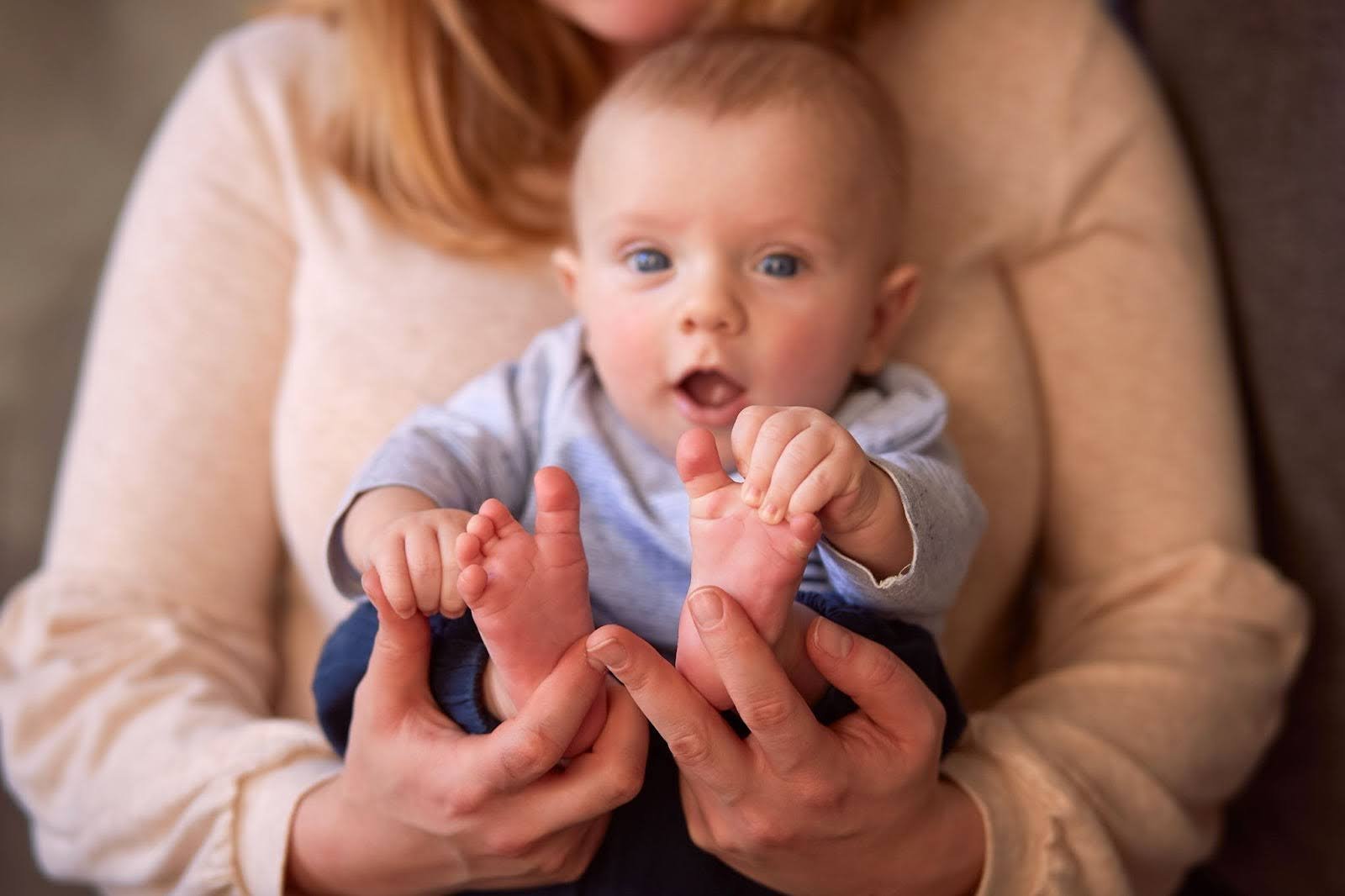As a first-time parent, understanding the startle reflex, or Moro reflex, is important for monitoring your baby’s development. This automatic response is a key indicator of your baby’s neurological health. Knowing when it should go away and what challenges might arise if it persists can help you support your child’s growth and well-being.
What is the Startle Reflex?
The startle reflex, also known as the Moro reflex, is a natural reaction that babies exhibit when they experience a sudden loss of support or hear a loud noise. You’ll notice your baby extending their arms and legs, arching their back, and then quickly bringing their arms together. This reflex is a normal part of newborn development, helping to protect your baby.
When Does the Startle Reflex Go Away?
The startle reflex is most noticeable at birth and during the first few months of life. Typically, by the time your baby is 4 to 6 months old, this reflex should gradually decrease and eventually disappear. However, every baby develops at their own pace, so the exact timing can vary.
What If the Startle Reflex Doesn’t Go Away?
In some cases, the Moro reflex may not fade as expected. When this reflex remains present beyond the typical age, it can lead to various developmental and behavioral challenges. Understanding these challenges can help you address them effectively.
Potential Challenges of a Retained Startle Reflex
- Attention and Focus: If the startle reflex persists, your child might have trouble focusing and staying attentive. They could be easily distracted or interrupted by sudden noises or movements. For more on how sensory processing impacts focus, check out our article on Sensory Processing and Development.
- Emotional Regulation: The startle reflex is linked to the body’s fight-or-flight response. A retained reflex can lead to increased anxiety and difficulty managing emotions, making your child seem more anxious or reactive. Learn more about emotional regulation in our post on Managing Emotional Responses in Children.
- Coordination and Balance: Ongoing startle reflexes can impact your child’s motor skills. They may appear clumsy, have trouble with coordination, or struggle with activities requiring fine or gross motor skills. For strategies to improve motor skills, visit Improving Motor Skills in Early Childhood.
- Sensory Processing: Children with a retained Moro reflex might be overly sensitive to sensory stimuli, like loud sounds or sudden movements. This can lead to discomfort and avoidance of certain situations or environments. Explore how sensory integration can help in our article on Sensory Integration Strategies.
How to Address Retained Reflexes
If you notice that your baby’s startle reflex is persisting, there are ways to support their development. Engaging in specific movements and exercises can help integrate these reflexes. Programs such as the In the Cortex Brain Reorganization Program guide you through movements that can help address and integrate primitive reflexes, supporting your baby’s overall development.
Conclusion
Understanding when the startle reflex should go away and being aware of potential challenges can help you monitor and support your baby’s development. While the reflex typically fades by 4 to 6 months, early intervention can address any persistent issues and promote healthier development. Remember, it’s never too late to support your child’s brain development and ensure they have the foundation they need for a smoother life ahead.



